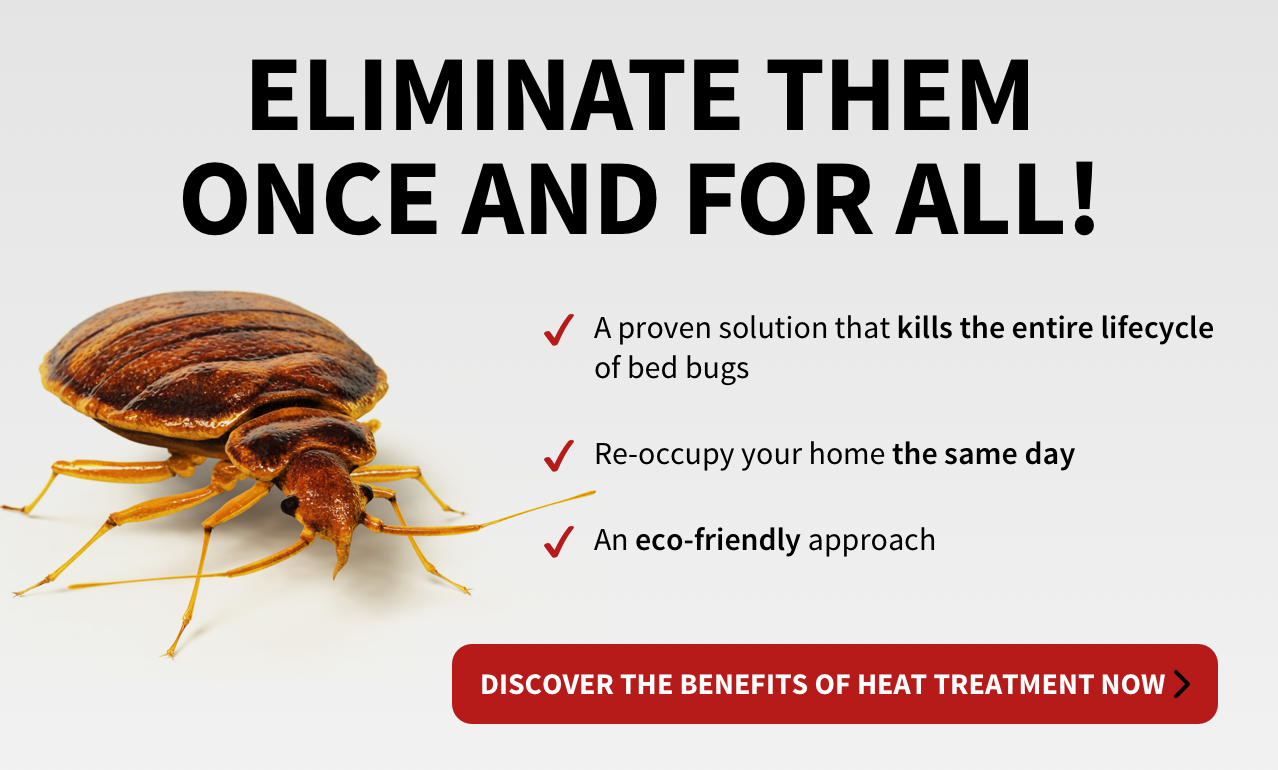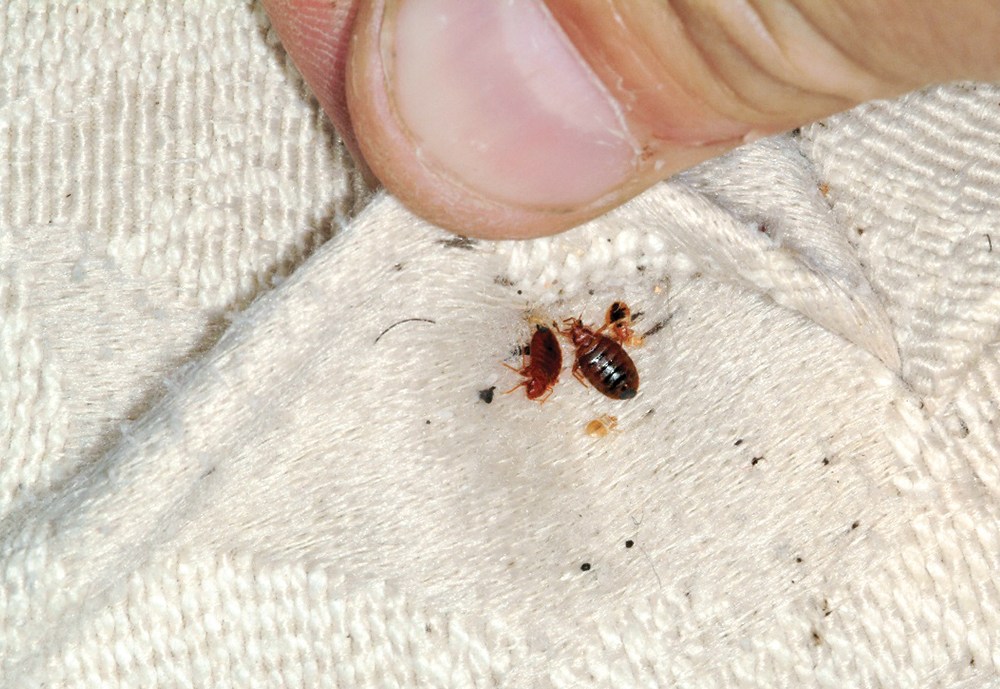A1 Bed Bug Extermination Houston: Specialist Solutions
Wiki Article
Comprehending the Lifecycle of Insects for Targeted Control Techniques
Understanding the lifecycle of parasites is an essential aspect of effective pest management approaches. By understanding the different stages of growth that insects undergo, an extra accurate and targeted approach can be embraced to control their populaces. This understanding not just clarifies the vulnerabilities within the parasite lifecycle however also leads the way for applying tactical measures that can interrupt their growth and recreation cycles. Through a much deeper understanding of how bugs flourish and advance, tailored control approaches can be developed to resolve particular factors in their lifecycle, ultimately causing more successful parasite administration end results.Relevance of Understanding Insect Lifecycle
Comprehending the lifecycle of parasites is essential for establishing efficient and targeted control approaches in pest management. By comprehending the different phases an insect undergoes from egg to adult, bug control professionals can determine weak spots in the lifecycle where intervention can be most successful. For example, understanding when larvae are most energetic can aid figure out the optimal timing for applying larvicides. Furthermore, understanding the lifespan of a parasite species can aid in predicting populace development patterns and possible infestation threats.In addition, acknowledging the certain environmental conditions required for every stage of the parasite's lifecycle can guide decisions on habitat adjustment or exemption methods to reduce and disrupt the lifecycle pest populaces. This knowledge allows pest management specialists to apply proactive actions instead of counting exclusively on responsive treatments, resulting in more sustainable and long-lasting bug control solutions. Inevitably, a comprehensive understanding of parasite lifecycles encourages insect control practitioners to tailor their approaches successfully, decreasing ecological influences and making best use of control results.
Key Stages in Pest Advancement
To efficiently implement targeted control techniques in bug administration, a critical element exists in adequately identifying and recognizing the essential stages in parasite growth. Parasite growth typically is composed of several key phases that are crucial for their lifecycle and management.

Vulnerabilities in Pest Lifecycle
Throughout the various stages of a bug's lifecycle, distinctive susceptabilities arise that can be tactically targeted for efficient control actions (A1 bed bug extermination houston). One vital susceptability exists in the egg phase, where parasites are usually a lot more vulnerable to specific insecticides or organic control agents due to their soft external covering, making them much easier targets for intervention. Comprehending these vulnerabilities in the parasite lifecycle is crucial for developing reliable and specific control techniques that effectively take care of bug populations while lessening ecological effect.Carrying Out Targeted Control Actions

Implementing targeted control steps commonly includes a multi-faceted technique. This may include environment alteration to make the environment much less friendly to insects, such as eliminating standing water for insect control or sealing entry factors for rats. In addition, biological control techniques can be made use of, where all-natural predators or microorganisms are presented to maintain parasite populations in check.
Integrated Pest Management (IPM) approaches that incorporate different control steps in a coordinated and lasting fashion are commonly the most efficient in achieving long-term parasite administration goals. By applying targeted control steps based on a thorough understanding of insect lifecycles, bug populaces can be successfully regulated while decreasing threats to human health and the environment.
Boosted Insect Administration Practices

Additionally, the unification of biological control representatives, such as natural killers or microorganisms of pests, can aid decrease dependence on chemical pesticides and promote an extra balanced ecological community. Executing physical obstacles and traps can additionally become part of boosted insect monitoring practices, supplying non-toxic and targeted options for pest control. Furthermore, making use of pheromones and various other semiochemicals can disrupt pest mating patterns and interaction, resulting in minimized pest populations with time.
Conclusion
By determining crucial phases in bug growth and susceptabilities in their lifecycle, targeted control actions can be implemented to minimize insect populations. Enhanced insect management practices can help decrease the reliance on broad-spectrum pesticides and promote more sustainable and eco pleasant bug control techniques.Comprehending the lifecycle of insects is important for establishing effective and targeted control strategies in pest management. By understanding the numerous phases a bug goes with A1 Bed Bug treatment houston from egg to adult, pest control specialists can recognize prone points in the lifecycle where intervention can be most effective. Inevitably, a detailed understanding of bug lifecycles equips insect control practitioners to customize their methods successfully, reducing environmental influences and making best use of control results.
By executing targeted control measures based on a detailed understanding of bug lifecycles, bug populaces can be efficiently controlled while lessening dangers to human health and the setting.
By determining key phases in insect growth and vulnerabilities in their lifecycle, targeted control measures can be applied to reduce parasite populations.
Report this wiki page